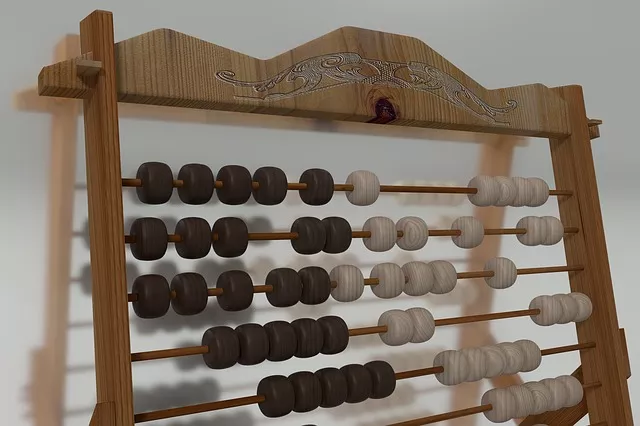Skilled nursing occupancy could be at or very near pre-pandemic levels by the first quarter of next year, Sabra Health Care REIT (Nasdaq: SBRA) CEO Rick Matros said on the real estate investment trust’s first-quarter earnings call Thursday. However, he also cautioned that his “guess is as good as anybody’s” when it comes to the industry’s recovery.
“We don’t have enough time yet to really have a trajectory that we can project over a number of months,” he said on the call. “But I still believe that on the skilled side, sometime in the first quarter of 22, we will be either back to pre-COVID occupancy levels or pretty close. … And when I say ‘pretty close,’ I mean close enough that the markets feel like: Yeah, we’re going to get there.”
The Irvine, Calif.-based REIT reported net income for the first quarter of $33.45 million, or 16 cents per share, compared with $35.22 million, or 17 cents per share, in the year-ago period.
As of March 31, 2021, Sabra’s operators had received $230 million in aid from the Provider Relief Fund (PRF), $10 million from the suspension of Medicare sequestration, $60 million in the increase for the Federal Medical Assistance Percentages (FMAP) and $140 million in Accelerated and Advance Medicare payments.
As of the first quarter, Sabra had 285 skilled nursing and transitional care properties with a total of 31,533 beds and a 74.9% occupancy rate, according to the company’s Q1 supplemental.
One sign that SNFs could be emerging from the immediate crisis situation of COVID-19 is the fact that some facilities are starting to see concurrent therapy. However, though Matros noted that, with different markets having varied restrictions around group activities, “it’s really all over the place.”
“That’s going to be obviously super helpful with labor costs, and just overall expenses within the facility,” he said. “We are hopeful that as some of these states and municipalities that haven’t eased restrictions see that the ones that have haven’t suffered in any way by doing so, that the CDC [Centers for Disease Control and Prevention] guidelines will become more uniform, and then we may have some trajectory that we can actually quantify and do something with.”
Like fellow REITs Omega Healthcare Investors (NYSE: OHI) and LTC Properties (NYSE: LTC), Sabra reported signs of hope among tenants in the first quarter, particularly with regard to the efficacy of vaccinations on curbing COVID-19.
Matros noted that “well over 90% of our facilities have no positive cases,” while the number of new positive cases ranged from zero to two facilities per week. Additionally, more than 90% of Sabra’s tenants reported a 90% or more uptake of a COVID-19 vaccine among residents, while more than 60% of staff were getting immunized as well.
The CDC guidelines surrounding relaxed visitations and group activities also serve as “a leading indicator of census growth,” as well as a means of helping operators normalize expenses to eventual pre-pandemic levels.
“For the first time our operators are speaking with an upbeat tone, which has been really fantastic to hear,” Matros said.
PDPM Outlook
With the Centers for Medicare & Medicaid Services (CMS) proposing a recalibration of the Patient-Driven Payment Model (PDPM), there is now data to understand the effects of the pandemic in Medicare revenue, Matros said.
“Surprisingly, only 15% of the industry skilled [patients] in place, a surprisingly small number that reflects the fact the industry did not take advantage of the three-day [stay] waiver,” Matros said on the call. “This may help the industry’s position that the waiver suspension should be extended for a prolonged period of time, to better understand the implications of making that suspension permanent.”
While all Sabra’s operators did “skill in place to one extent or another,” in terms of admitting patients to skilled nursing care without a three-day stay in a hospital as normally required for Medicare coverage of the stay, he cited the fact that many of the operators are high-acuity as the cause.
“The high-acuity operators have a greater tendency to skill in place,” Matros posited.
He also disagreed somewhat with CMS’s assessment that SNF COVID-19 patients came in at just under 9%, given that testing was unavailable for months.
“We’re pretty confident that we had a lot more patients and residents that had COVID than were actually diagnosed with COVID,” he said. “Despite those two metrics, acuity within the facilities rose dramatically, driven by limited capacity in the hospitals, who were only able to admit the very sickest patients. Those folks then transferred to SNFs.”
As acuity has declined, this has resulted in Sabra’s skilled mix coming down from its peak in December 2020, Matros observed, to something nearer pre-pandemic levels at 39.6% in the first quarter, according to the earnings supplement.
“As it relates to the proposed rule and the 5% increase in Medicare revenues above budget neutrality, it seems clear that much of the increase was driven by this pandemic-related phenomenon and the prolonged spike in acuity,” Matros said.



